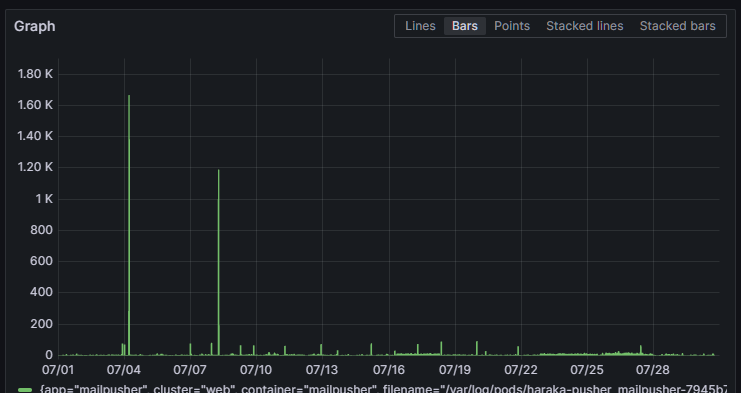I had exactly the same use case and I ended up with a 40G DAC fiber for that case. It ended up cheaper than converting the whole lan to 10G.
That said, it feels like used 10G equipment is easier to come by than 2.5G for now, and if you have 2G fiber uplink and only 1G past the router then it’s a waste.

TIL, thanks!